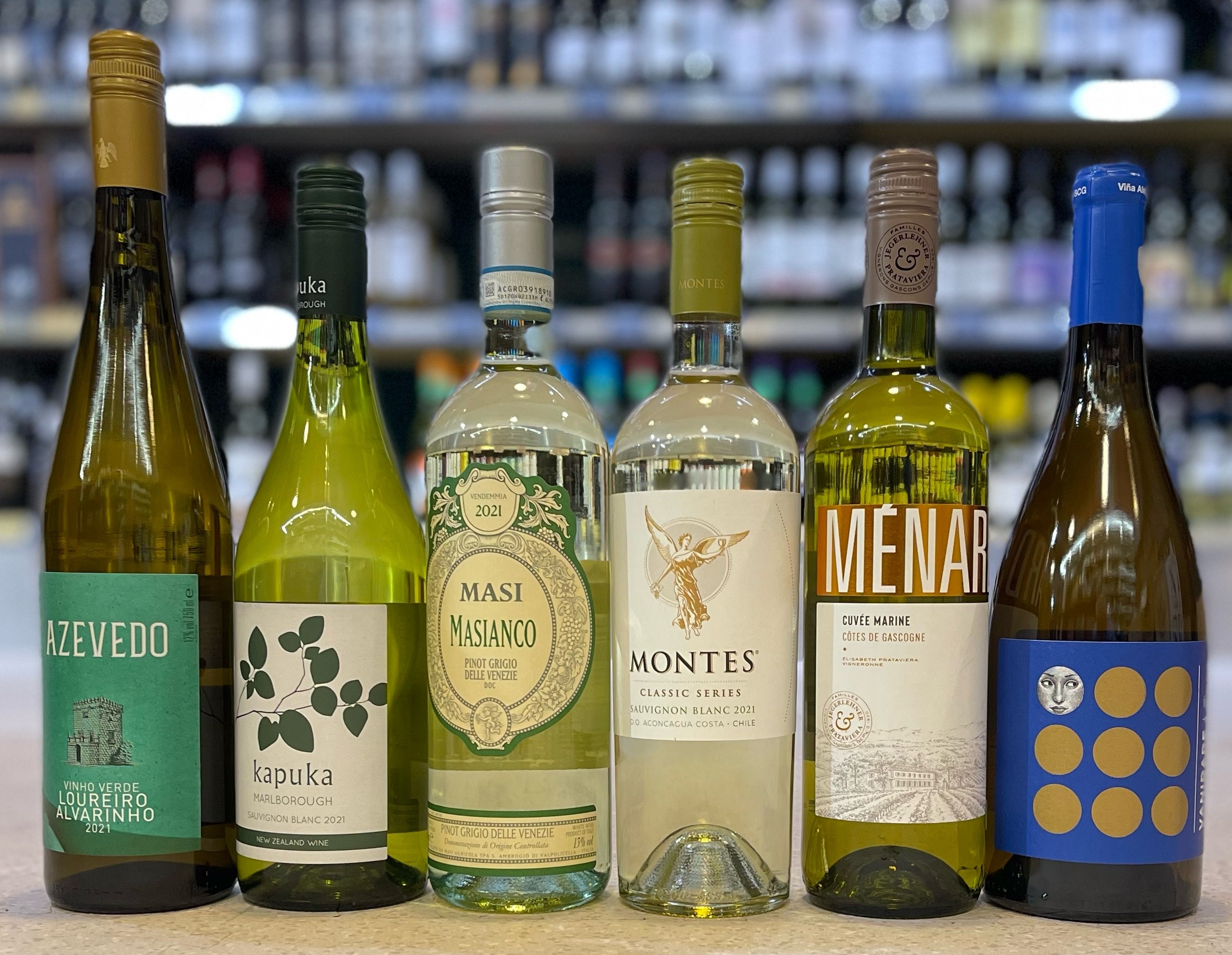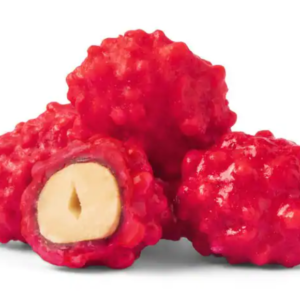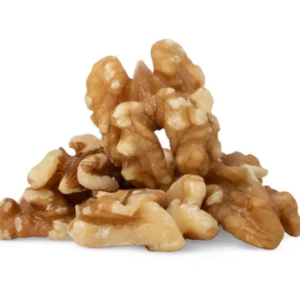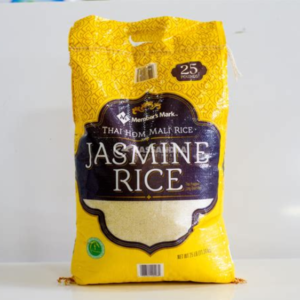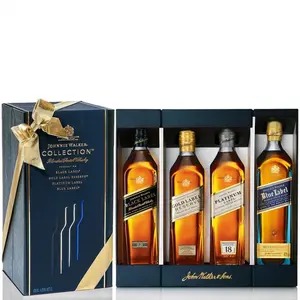The Best White Wines of All Time: A Comprehensive Guide
Discover the world of white wines with this comprehensive guide covering their history, varietals, production regions, and characteristics. Learn how to select the best wines, explore an extensive list of top-notch labels, and get practical tips for storing, serving, and pairing white wines to enhance your tasting experience.
Introduction to White Wines
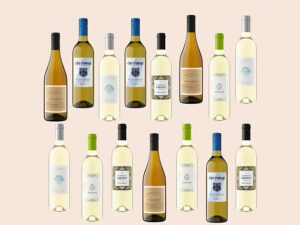
White Wines
White wines have long been celebrated for their crisp flavors, versatility, and elegant profiles. This introduction delves into the fundamental aspects of white wines, shedding light on their history, varietals, production regions, and unique characteristics. Understanding the multifaceted nature of white wines enhances the appreciation and enjoyment one derives from each sip.
The history of white wine production dates back thousands of years. Ancient civilizations, including the Greeks and Romans, were among the first to cultivate white wine grapes, and their traditions have profoundly influenced modern viticulture. White wine grapes come in numerous varieties, with well-known examples such as Chardonnay, Sauvignon Blanc, Riesling, and Pinot Grigio. Each grape variety offers distinct taste profiles and aroma characteristics, contributing to the rich diversity within white wines.
Prominent regions worldwide are renowned for producing exceptional white wines. France’s Burgundy region is celebrated for its exquisite Chardonnays, while Alsace is famous for its outstanding Rieslings. The Loire Valley brings forth excellent Sauvignon Blancs, and Italy’s Veneto region is synonymous with Pinot Grigio. Beyond Europe, notable white wine production comes from California, Australia, and New Zealand, each with its unique terroir and climatic conditions that influence the final product.
The production methods for white wines involve various stages, starting with harvesting the grapes at optimal ripeness. Following this, the grapes are pressed to extract juice, which is then fermented. Winemakers may choose to age white wines in stainless steel tanks for a crisper finish or oak barrels for a richer, more complex flavor profile. The aging process significantly influences the wine’s texture and taste, resulting in a vast array of styles from light and refreshing to full-bodied and creamy.
Common flavor profiles for white wines include fruity notes such as citrus, apple, and tropical fruits, alongside floral and mineral undertones. The balance of acidity and sweetness, complemented by the wine’s body and texture, creates myriad tasting experiences, making white wines a versatile choice for various occasions and pairings.
“`
Criteria for Selecting the Best White Wines

White Wines
Choosing the best white wines of all time requires a meticulous and multifaceted approach, taking into account numerous factors that contribute to their exceptional quality. One of the primary criteria is wine ratings from reputable sources such as Wine Spectator, Wine Enthusiast, and Robert Parker’s Wine Advocate. High scores from these respected publications are indicative of a wine’s excellence and consistency.
Accolades and awards also play a significant role in defining the top white wines. Winning prestigious awards like the Decanter World Wine Awards or the International Wine Challenge can significantly bolster a wine’s reputation and confirm its superiority. The recognition from these contests is a testament to the wine’s outstanding qualities as evaluated by expert panels.
The reputation of the winemaker is another critical factor. Esteemed winemakers with a history of producing high-quality wines bring a level of trust and anticipation to their products. Their expertise in viticulture and oenology ensures that their wines are crafted with precision and skill, often resulting in superior taste and lasting appeal.
Unique characteristics that make certain white wines stand out, such as terroir, specific grape varietals, and innovative vinification techniques, add to their allure. Wines that capture the essence of their geographic origin and demonstrate unique flavor profiles are often celebrated for their distinctiveness and impact on the palate.
The balance of flavors is equally essential. An exceptional white wine should exhibit a harmonious interplay of acidity, sweetness, and alcohol, ensuring a well-rounded and pleasing taste experience. Complexity, indicated by the depth and range of flavors and aromas, enhances the wine’s overall intrigue and savoriness.
Lastly, drinkability is a defining attribute. While complexity and uniqueness are important, the wine’s approachability and enjoyment are paramount. The best white wines are those that not only meet expert standards but also provide a delightful drinking experience for a wide audience.
The 50 Best White Wines: A Detailed List
The quest for the perfect white wine can lead to a myriad of delightful discoveries. Below is an intricately curated selection that highlights the 50 best white wines, celebrating diversity in grape variety, terroir, and vinification techniques. This list includes names that resonate with connoisseurs and casual wine lovers alike, ensuring a harmonious balance of elegance, complexity, and drinkability.
1. Domaine Leflaive Montrachet Grand Cru, France
This prestigious wine from Domaine Leflaive in the Burgundy region showcases the rich and complex Chardonnay grape. Tasting notes reveal layers of citrus, orchard fruits, and a trace of minerality, with a buttery finish. Best paired with lobster, truffle-infused dishes, and creamy cheeses.
2. Cloudy Bay Sauvignon Blanc, New Zealand
Originating from the Marlborough region, Cloudy Bay Sauvignon Blanc offers a vibrant bouquet of tropical fruits, lime zest, and freshly cut grass. Its crisp acidity and refreshing finish make it a perfect companion to seafood dishes, particularly shellfish and oysters.
3. Trimbach Riesling Clos Sainte Hune, France
Hailing from Alsace, the Trimbach Riesling showcases the purity and precision of the Riesling grape. With aromas of green apple, citrus, and hints of petrol, the palate experiences a harmonious balance of acidity and minerality. Ideal with spicy Asian cuisine, or classic German dishes like schnitzel and sauerkraut.
4. Antinori Castello della Sala Cervaro della Sala Chardonnay, Italy
A refined Chardonnay from Umbria, this wine combines tropical fruit notes, toasted almonds, and a subtle oak influence. Its creamy texture and long finish are complemented by dishes such as risotto, seafood pasta, and grilled fish.
5. Ramey Wine Cellars Chardonnay, U.S.A
Produced in the Russian River Valley, this Chardonnay balances ripe pear, apple, and citrus notes with undertones of vanilla and oak. The wine’s richness and complexity make it a perfect match for roasted chicken, salmon, and mushroom dishes.
The above wines represent just a fraction of the diverse and exceptional offerings in the world of white wine. Each bottle tells a unique story of its origin, crafted with skill to deliver an unforgettable tasting experience.
Conclusion and Tips for Enjoying Wines
In this comprehensive guide to the 50 best wines of all time, we have explored a variety of exceptional labels, each offering unique characteristics and flavor profiles. As you delve into the world of wine, certain practices can significantly enhance your experience. Here, we summarize key takeaways and provide practical tips for optimal enjoyment.
First and foremost, proper storage of wine is essential to preserving its qualities. Store your wine bottles in a cool, dark place, ideally at a consistent temperature of around 45-50°F (7-10°C). Avoid exposing the bottles to direct sunlight or fluctuating temperatures, as this can adversely affect the wine’s flavor.
Serving temperature plays a crucial role in the wine experience. Most wines are best enjoyed chilled, but not too cold. Aim for a serving temperature between 45-50°F (7-10°C) for light, crisp wines like Sauvignon Blanc or Pinot Grigio. Full-bodied whites, such as Chardonnay, can be served slightly warmer, around 50-55°F (10-13°C), to allow their complex flavors to emerge.
Choosing the right glassware can also influence the taste and aroma of your wines. A glass with a smaller bowl and narrower opening is ideal for enhancing the fresh, fruity aromas typically found in white wines. For richer, more aromatic whites, consider using a glass with a wider bowl to allow more air contact, which helps to release the wine’s bouquet.
Hosting a white wine tasting event is a delightful way to share your passion with friends and family. Provide a selection of diverse white wines, and encourage guests to take notes on each one. Offer plain, neutral-flavored palate cleansers, such as water crackers or bread, between tastings to prevent flavor interference.
Finally, pairing wines with appropriate dishes can enhance both the wine and the dining experience. Light, zesty wines like Riesling or Vermentino pair beautifully with seafood and salads, while fuller-bodied whites like Viognier complement creamy dishes and roasted poultry. Experiment with different pairings to discover your personal favorites.
Send Inquiry

